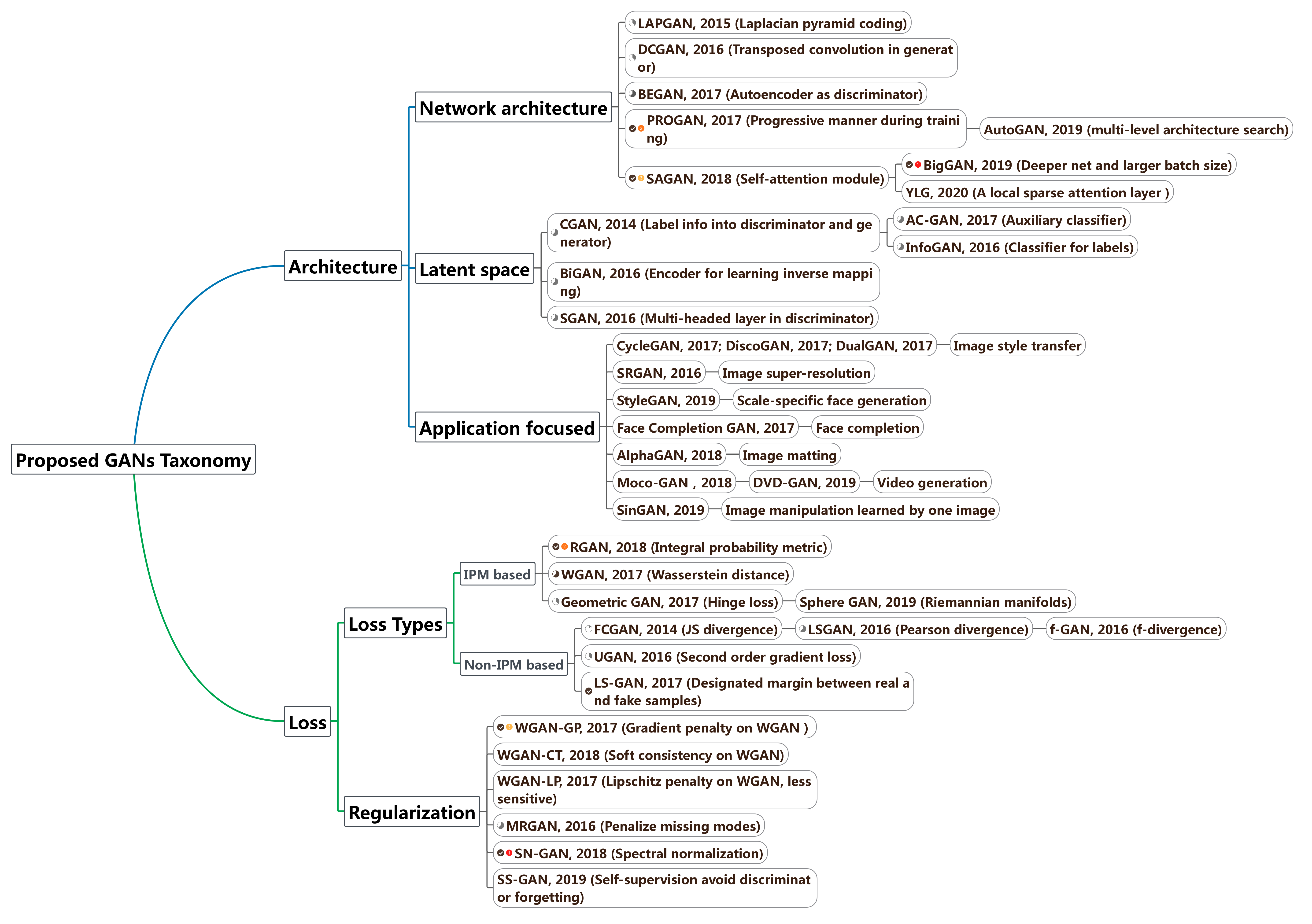Generative Adversarial Networks in Computer Vision: A Survey and Taxonomy
Generative adversarial networks (GANs) have been extensively studied in the past few years. Arguably their most significant impact has been in the area of computer vision where great advances have been made in challenges such as plausible image generation, image-to-image translation, facial attribute manipulation and similar domains. Despite the significant successes achieved to date, applying GANs to real-world problems still poses significant challenges, three of which we focus on here. These are: (1) the generation of high quality images, (2) diversity of image generation, and (3) stable training. Focusing on the degree to which popular GAN technologies have made progress against these challenges, we provide a detailed review of the state of the art in GAN-related research in the published scientific literature. We further structure this review through a convenient taxonomy we have adopted based on variations in GAN architectures and loss functions. While several reviews for GANs have been presented to date, none have considered the status of this field based on their progress towards addressing practical challenges relevant to computer vision. Accordingly, we review and critically discuss the most popular architecture-variant, and loss-variant GANs, for tackling these challenges. Our objective is to provide an overview as well as a critical analysis of the status of GAN research in terms of relevant progress towards important computer vision application requirements. As we do this we also discuss the most compelling applications in computer vision in which GANs have demonstrated considerable success along with some suggestions for future research directions. Code related to GAN-variants studied in this work is summarized on https://github.com/sheqi/GAN_Review.
PDF Abstract






 CIFAR-10
CIFAR-10
 ImageNet
ImageNet
 MNIST
MNIST